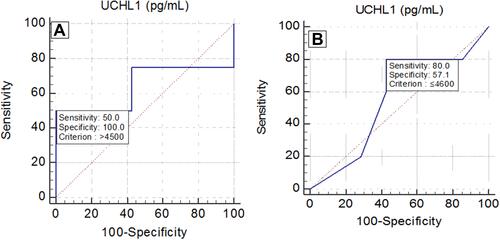Figures & data
Figure 1 Male patient aged 36 years old with history of road traffic accident, lower limb paraparesis [L1 (lumbar vertebra 1) compressed fracture] more at the right side, AIS grade D, operated on for decompression and fixation, improved after 2 wks to AIS grade E. ((A) sagittal CT scan, (B) sagittal MRI, (C) axial MRI).
![Figure 1 Male patient aged 36 years old with history of road traffic accident, lower limb paraparesis [L1 (lumbar vertebra 1) compressed fracture] more at the right side, AIS grade D, operated on for decompression and fixation, improved after 2 wks to AIS grade E. ((A) sagittal CT scan, (B) sagittal MRI, (C) axial MRI).](/cms/asset/9e9c028d-dea0-4252-a381-05dedd50decd/dijg_a_12169217_f0001_c.jpg)
Figure 2 Male patient aged 43 years old with history of road traffic accident, patient was quadriplegic at time of examination, AIS grade A, MRI showed C4–5 (cervical vertebrae 4–5) fracture dislocation with corresponding cord contusion seen in the form of hyperintense signal in T2, and patient was operated on for reduction, fixation, and fusion. Patient was followed-up for 6 months with no improvement in his neurological state ((A and B) MRI axial view, (C) MRI sagittal view).
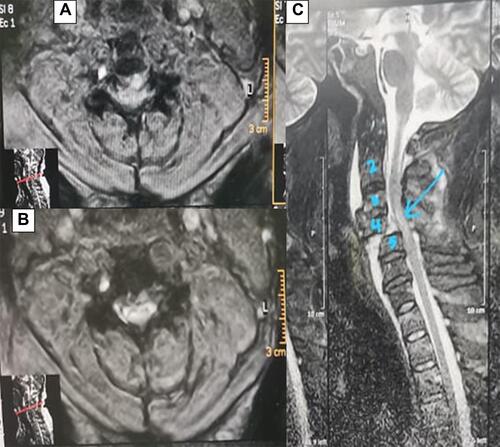
Table 1 Clinical Data of the Included Cases
Table 2 Serum UCHL1 and NGB Among the Study Groups
Figure 3 Comparison of the serum levels of UCHL1 (pg/mL) among patients with traumatic spinal cord injury and controls. *Significant (p value ˂0.05).
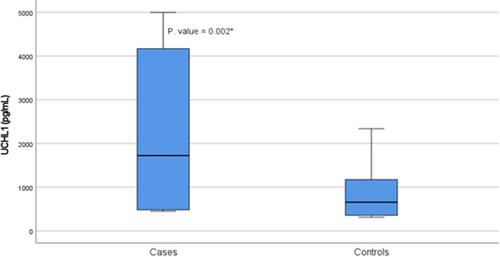
Table 3 Serum UCHL1 and NGB Among the Included Patients with TSCI According to AIS
Figure 4 Comparison of the serum levels of UCHL1 (pg/mL) among patients with traumatic spinal cord injury with AIS grade A and those with others AIS grades (B–E). *Significant (p value ˂0.05).
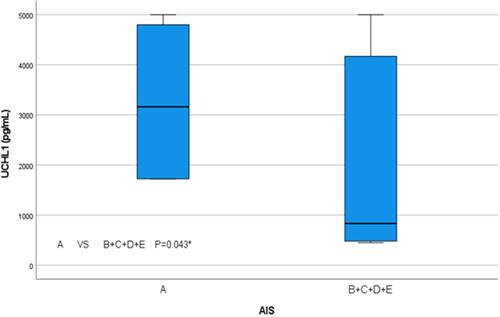
Table 4 Serum UCHL1 and NGB Among the Included Patients with TSCI According to the Level of the Spinal Cord Injury
Figure 5 Serum levels of UCHL1 (pg/mL) among patients with traumatic spinal cord injury according to the level of injury. *Significant (p value ˂0.05).
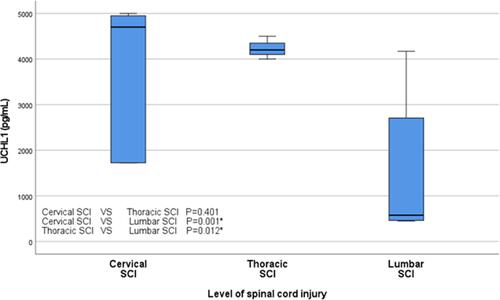
Table 5 Serum UCHL1 and NGB Among the Included Patients with TSCI According to the Outcome
Figure 6 Serum levels of UCHL1 (pg/mL) among patients with traumatic spinal cord injury in terms of the outcome. *Significant (p value ˂0.05).
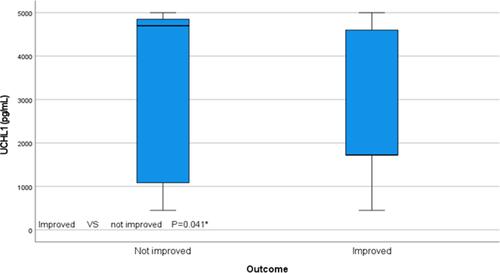
Table 6 Serum UCHL1 and NGB Levels Among the Study Groups in Terms of Gender

